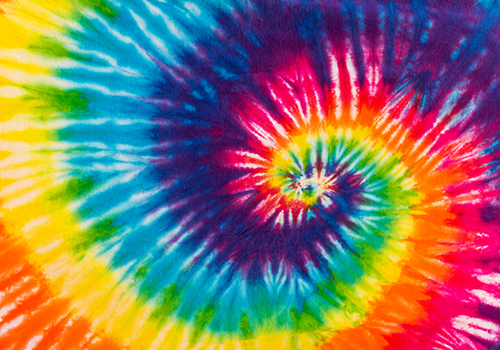Every decade focuses on something specific fashion-wise. Be it the metallic trends of the early 2000s or the clean lines of the 1930's. But do you know which decade boasts of the most colourful fashion trends? This decade threw open the doors of individual expression through clothes, experimentation and letting out one's inner wild child. You guessed it; we're referring to the 1970s! The 70's was a time of tie-tied clothes bursting forth in an explosion of colours, vividly printed maxi dresses and bright bell bottoms. Fashion meant making a statement and the more colourful, the stronger the statement!
